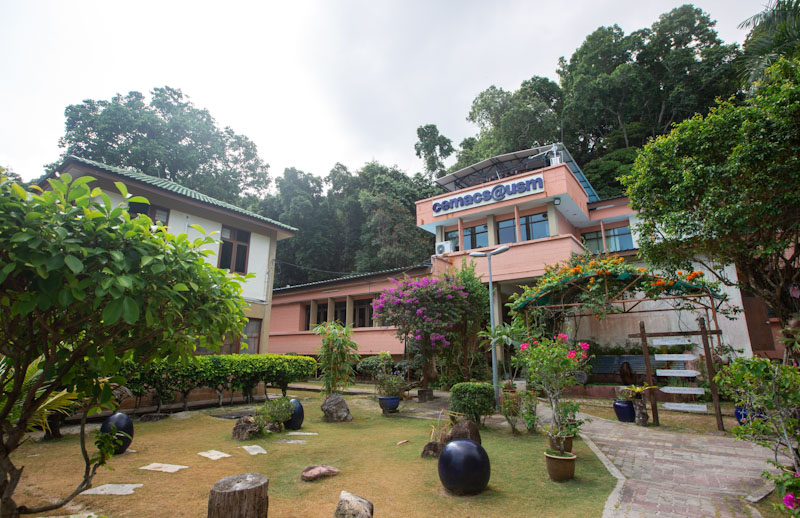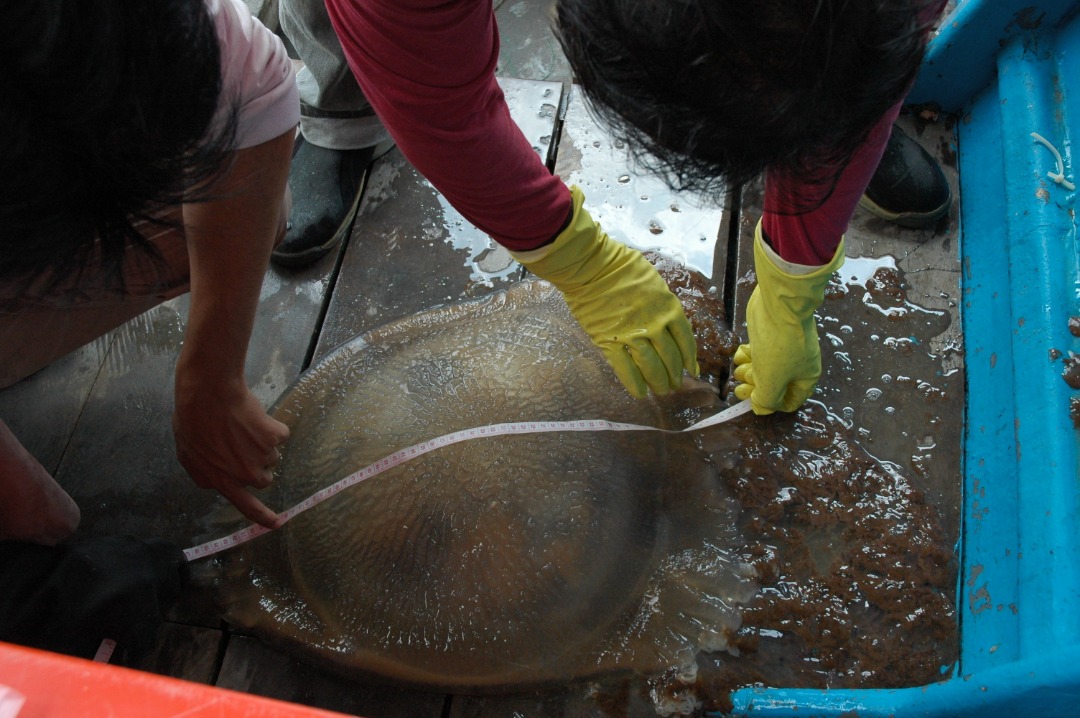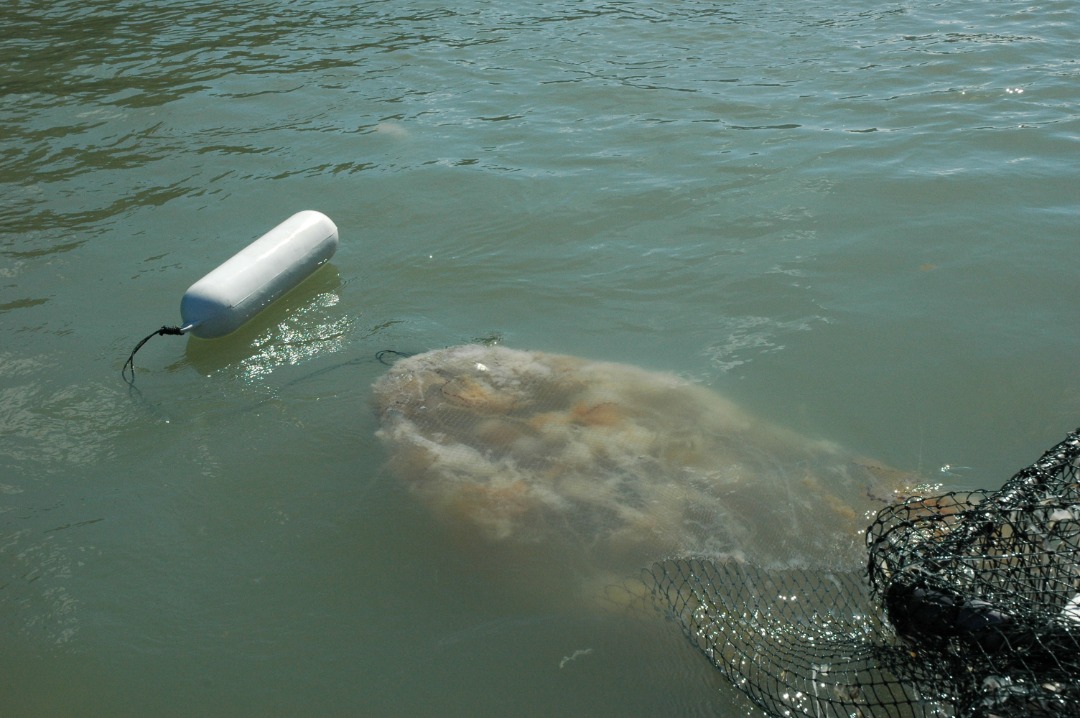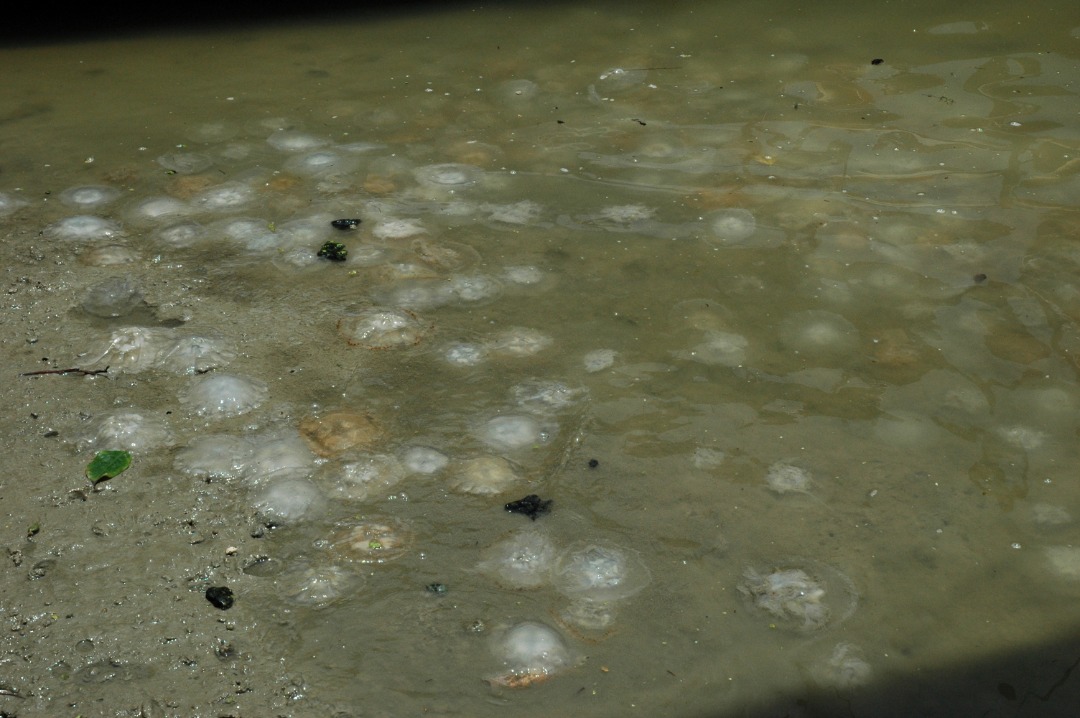CEMACS USM EMBARKING ON NEXT PHASE OF STUDY ON JELLYFISH BLOOM IN PENANG WATERS
PENANG, 12 August 2020 – The Universiti Sains Malaysia (USM) Centre for Marine and Coastal Studies (CEMACS) has embarked on the second phase of the study, to seek answers on the cause of the jellyfish population to bloom in the seas around Penang.

Director of CEMACS, Professor Dato’ Dr. Aileen Tan Shau Hwai said, the research would be conducted around the coastal areas of Teluk Bahang, Batu Ferringhi, Tanjung Bungah, Tanjung Tokong, George Town (off Eastern and Oriental Hotel) and Balik Pulau on the island, and in Pantai Bersih on the mainland.

According to Aileen Tan, “We at CEMACS will study the ecological processes that trigger jellyfish blooms and also determine the monthly distribution.”
“When the peak seasons have been identified, we will formulate a prediction model to forecast blooms and prepare an early warning system and preventive management steps,” she said.
She will conduct the research together with CEMACS Senior Science Officer, Sim Yee Kwang.
The second phase of the study has been made possible with an outright grant of RM32,000 from the Penang State Government.
Aileen Tan was thankful for the allocation by the State Government, and said that the funds would mostly be spent on the towing of a special net to capture live samples in the focus zones at a speed of 2.5 knots (4.6km/h).

“In addition, the grant would also be used to purchase 25 different types of laboratory chemicals needed for analytical studies,” she said.
She added that they would aim to capture the jellyfish twice a month, during the peak spring and on neap tide days.
Unlike the first phase that was conducted in previous years, scientists involved in the current study will try to determine on whether there is a link between the growing population of this harmful pest to an increase in chlorophyll and planktonic life at sea or whether it was due to climate change.
Tan added that in the previous state-sponsored study, done between 2017 and 2019, no significant blooms were found in the focus zones.
Fishermen in Balik Pulau however, had recently sent live samples of potentially deadly box jellyfish, with some juvenile ones, to CEMACS. This has prompted the centre to add Balik Pulau into the focus zone for the second phase of the study.
A local daily has reported the discovery of a breeding site of the box jellyfish in the mangrove swamps of Balik Pulau earlier in July. A local fisherman had caught some of them in his prawn net and following that, sent 18 live box jellyfish to CEMACS.

Once the research has concluded, CEMACS will publish a field guide to assist the public, especially tourists, beach hotels and water sports operators, to identify the jellyfish species, get to know the peak seasons and to properly deal with jellyfish stings, said Aileen Tan.
Apart from that, the centre will also hold talks to explain the research results to concerned parties, she added.
A medical team has been readily assembled, and she urged anyone stung by jellyfish in Penang to contact CEMACS and provide data on their experience.
Jellyfish sting victims in Penang can contact CEMACS by email (aileen.usm.my or
At the same time, Aileen Tan also stated that scientists from China, Japan, Thailand, Indonesia, Vietnam and Philippines would collaborate with CEMACS to analyse all the data gathered.
The Penang State Government has commissioned the research by CEMACS as they were alarmed with the news of jellyfish being seen and found in Penang waters.
They believe that the species are invasive, seemingly having drifted from the north and not native to the local waters.
Their main concern would be on the safety of beachgoers enjoying sea recreational activities and inshore fishermen at work.
Text: Mazlan Hanafi Basharudin/Photo: Sim Yee Kwang
- Created on .
- Hits: 2666
